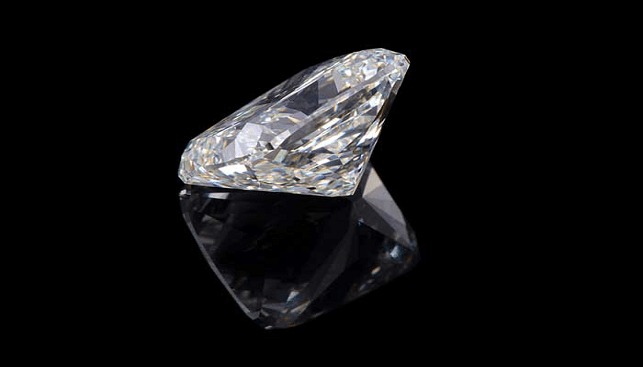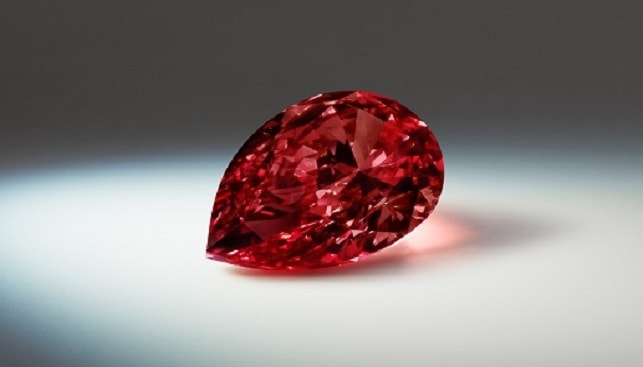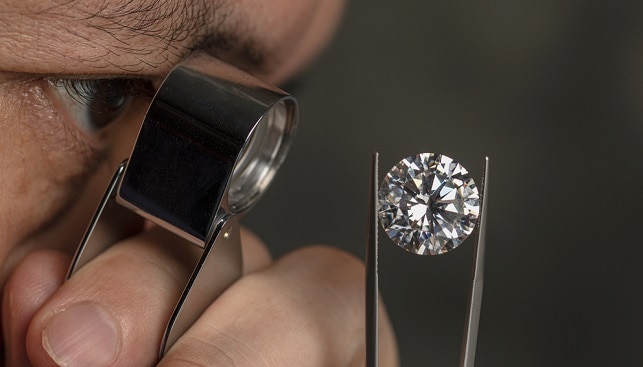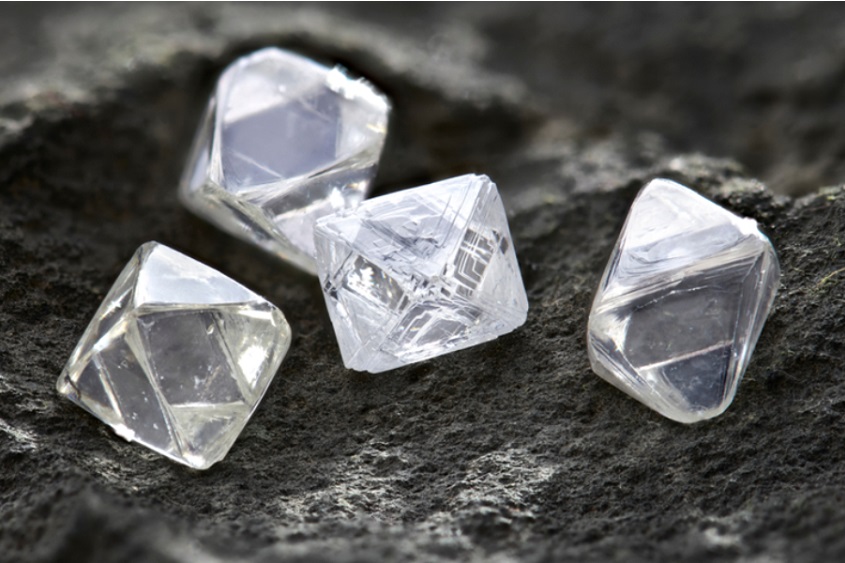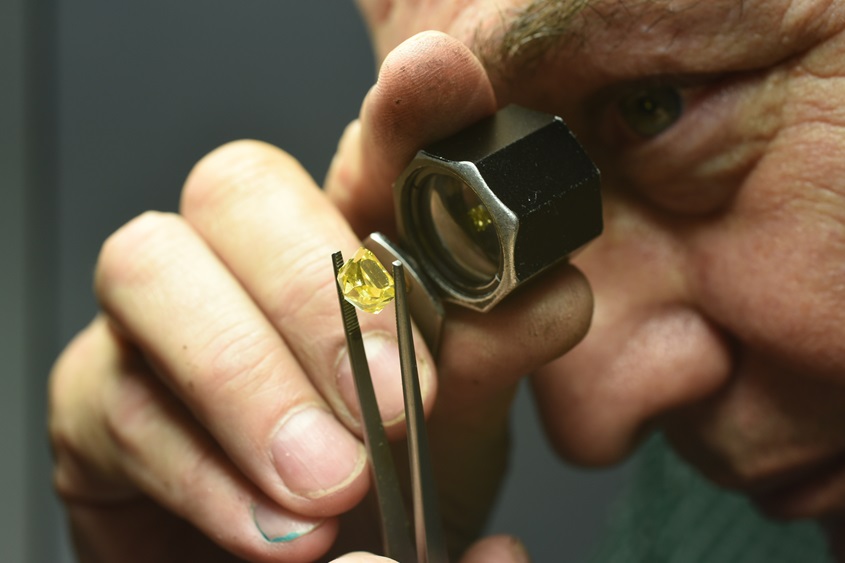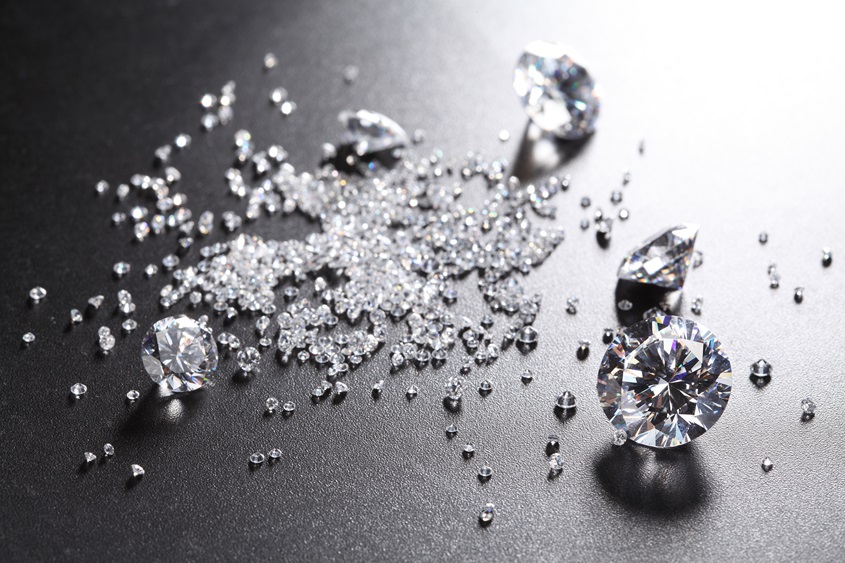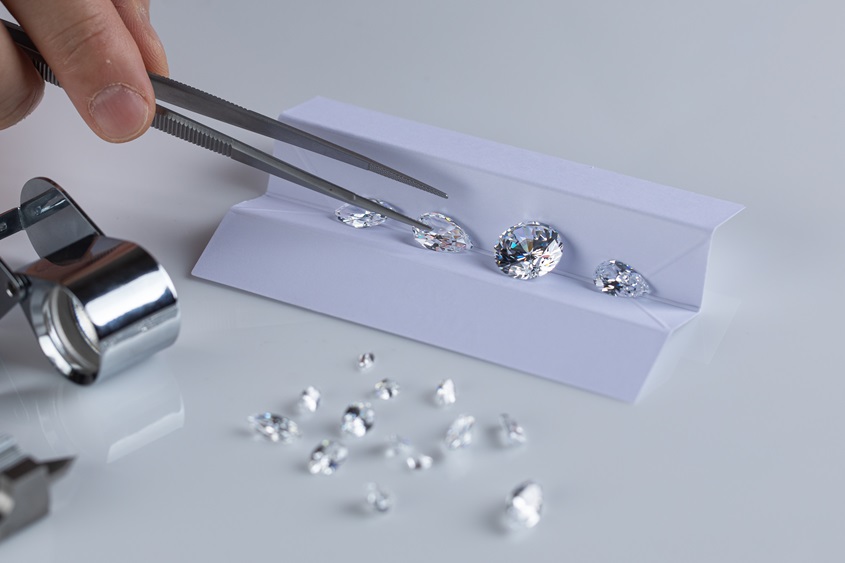The 4 C’s (carat, clarity, color and cut) are the four criteria for assessing the diamond’s quality. While the color, clarity and carat are dictated by nature, the cut is determined by man.
Carat – The carat is the unit used to weigh the diamond. One carat is equal to 200 milligrams. Each carat can also be divided into 100 “points.” The source of the word “carat” is ancient Greece, where carob pods (Ceratonia Siliqua) were used for weighing diamonds.
Clarity – The level of clarity assesses the number of inclusions and internal flaws in the diamond. The stone’s quality increases with its level of clarity. Many diamonds contain internal blemishes and the level of clarity defines the lack of these flaws.
Color – The most qualitative diamond is colorless (with the exception of fancy colored diamonds, of course). The color grading is marked by letters D to Z, with D symbolizing the most qualitative and completely colorless diamonds, and Z symbolizing stones with a yellowish hue. As a rule, the lack of color will signify a more valuable diamond.
Cut – This is the single standard set by man rather than nature. During the cutting and polishing process, the expert polisher turns the rough diamond into a polished diamond, by attaining the appropriate proportions and angles. Inept polishing may result in the diamond looking pale and dull, while skillful cutting of the facets will increase the reflection of the diamond’s lights and add to its value.
Remember: The 4C’s provide scientific guidelines to evaluate the diamond’s quality and value, but they do not necessarily assess its beauty, and certainly cannot set a value on its importance in the eyes of its owner.

